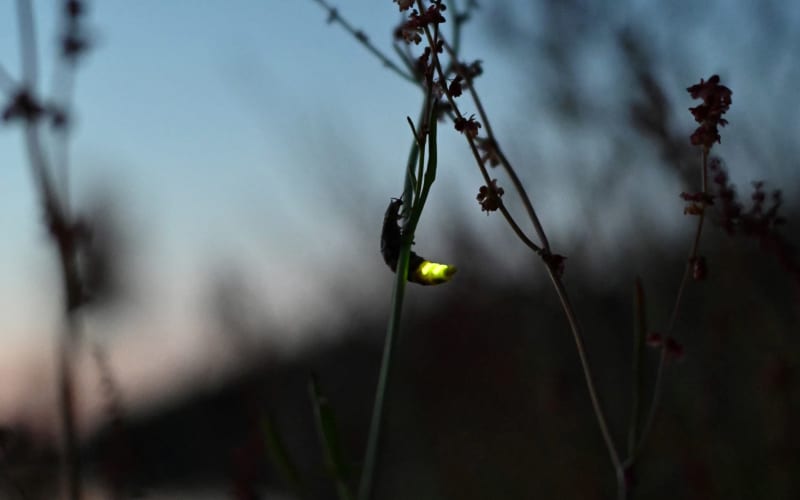
Life on Earth has adapted to the fact that a light day is always followed by a dark night. However, because of light pollution, darkness is a dwindling resource.
Shine beetles are a species of beetle whose females shine a green light to attract flying moths.
The species lives for several years as a larva, but the adult stage is very short, lasting only a few weeks. Because the species is dependent on darkness and has little time to find a mate, light pollution is a potential threat to shiny worms.
Elgert found in his study that light pollution affects the ability of shiny worms to find a mate, as it is challenging for males to find shiny females under the lights.
This problem would be solved if the females moved away from the light to darker places, but instead they respond to the light by hiding more and shining less. This is probably because the light pollution makes the females believe that the morning has already dawned.
Even though the cutworms are suffering from light pollution, there is still hope. The study also found that the duration, color and brightness of the light have an effect on how the glowworms react to light.
For example, shorter times in the light, dimmer lights and longer wavelengths, i.e. yellow and red lights, reduced the effects of light pollution considerably and in some cases completely.
– By using dimmable lights, longer wavelengths, i.e. yellow and red light, and keeping lights on only when they are really needed, the effects of light pollution can be reduced considerably. Not only glowworms benefit from this, but also other dark-dependent species. By studying light pollution, we find out how organisms react to nighttime light, and add more information to the needs of lighting design and zoning, says Elgert in the university’s press release.
